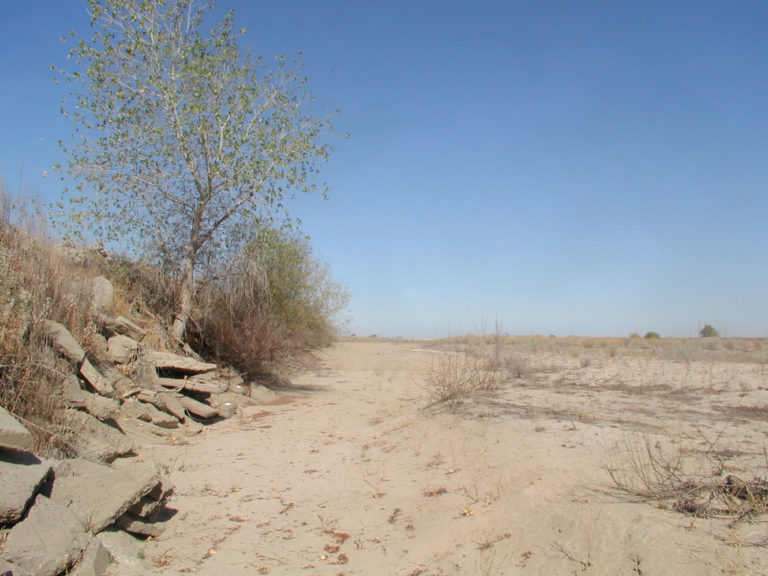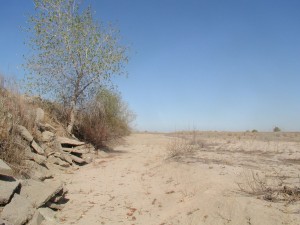

When James Madison wrote, “No man is allowed to be a judge in his own cause,” he didn’t mean people could or even should stop arguing in their own interests; he just meant it was nearly impossible to achieve justice for all when arguing on one’s own behalf.
So it is with water in California. State proposals for increased flows along our rivers have resulted in impassioned arguments, most of which focus narrowly on one interest or region only. Among these arguments is an opinion piece by Aubrey Bettencourt, Executive Director of the California Water Alliance. Entitled, “State lies about our rivers…to feed its craving for ever more water,” the article is a classic case of stacking the deck.
Bettencourt writes that, “the water board proposed a new rule that demands 40 percent more water—water protected by century-old rights for use by the people of California—to flow unimpaired and untouched to the sea.” Actually, the State Water Resources Control Board is asking for a total of 40 percent unimpaired flows along the San Joaquin River, and that number is actually less than the 60 percent recommended by disinterested researchers in the water board’s 2010 flow criteria report.
The increased flows are intended to restore ecological balance to the San Joaquin Delta, preserving the Delta and San Francisco Bay ecosystem for future generations of commercial and recreational users. The numbers involved are clearly stated by Matt Weiser in the Sacramento Bee,
“The water board proposes returning to the San Joaquin River 40 percent of its ‘unimpaired flow.’ This means the amount of water that would naturally flow through the river without existing dams and diversions.
The 40 percent target also applies to three tributary rivers: the Merced, Tuolumne and Stanislaus. Actual median flows in those tributaries from 1986 to 2004 were 26, 21 and 40 percent of unimpaired flow, respectively.”
Water taken from these three rivers does not include water diverted from the San Joaquin itself, which has routinely featured a sixty-mile stretch of waterless sand year-after-year for decades.
Bettencourt also says, “Since February 2014, through the deepest pain of our Mega-Drought, the state water board ordered 66 percent of all water entering the Sacramento-San Joaquin River Delta to flow unimpaired to the sea.” Even if the 66 percent figure is correct, Bettencourt omits any mention of the water that is diverted before it reaches the Delta. For the San Joaquin River, that figure is close to 80 percent in dry years.
To hear Bettencourt tell it, the state is responsible for billions of dollars in ag losses in 2015: “Farmers, deprived of water, suffered $9.6 billion in losses in 2015.” She doesn’t mention that well over half that total came when prices fell for nuts and milk—that’s the result of the market, not the state. She also doesn’t acknowledge that the 2015 losses came after record profits in 2014—also a drought year—nor does she mention that even “through the deepest pain of our Mega-drought” farmers have added 77,000 more acres of nut orchards over the past twelve months.
Bettencourt accuses the state of lying, and then attacks the findings of, “a coalition of non-profits and public agencies.” But Bettencourt herself is Executive Director of a non-profit group, and funding for the California Water Alliance is almost exclusively from Valley farmers.
If water rights are indeed, “for use by the people of California,” we need to consider the interests of all the people, not just a select group. A “coalition of non-profits and public agencies” should, of course, include the interests of farmers. Even absent such interest, however, it is still far more likely to represent the water needs of the general public than a paid spokesperson for a farmer-funded, “Water Alliance.”